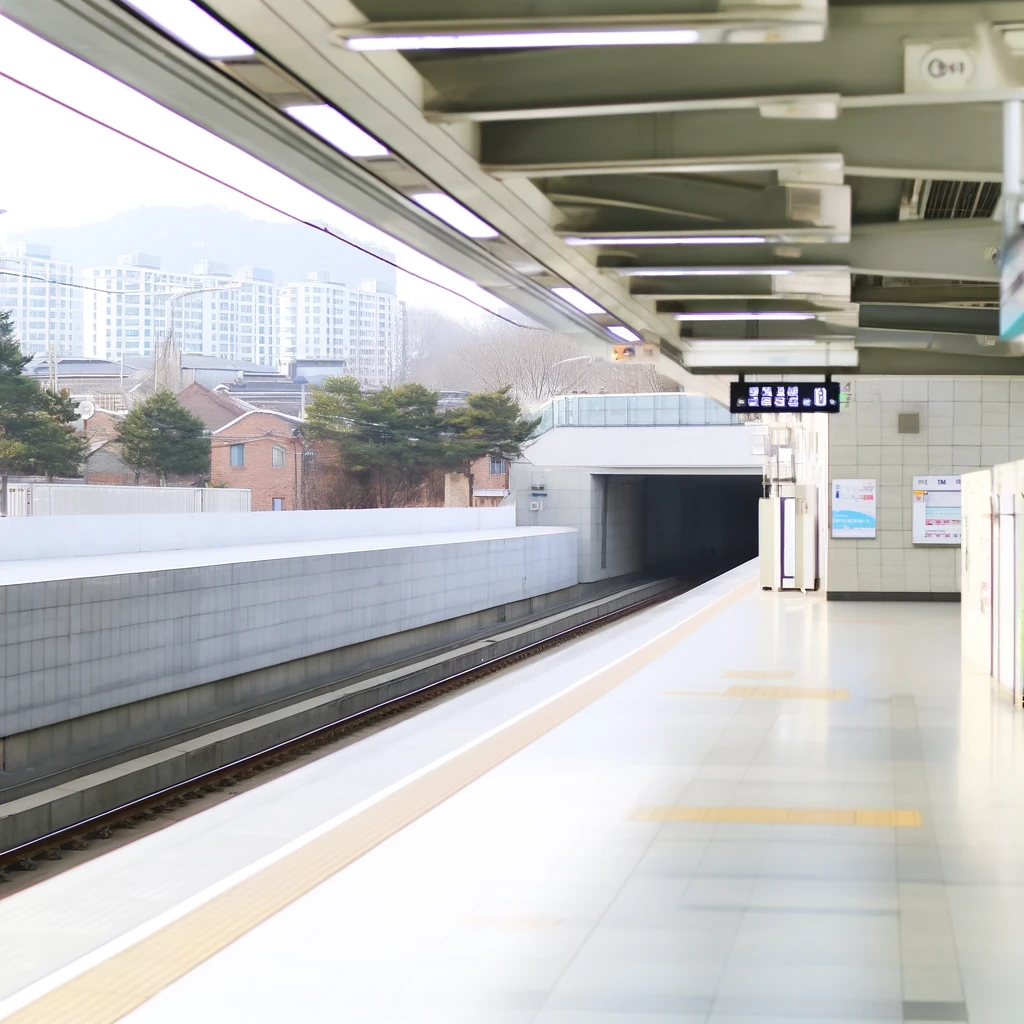The Rise of Jamsil Station: A New Leader in Seoul Subway Usage
![]()
In the bustling city of Seoul, Jamsil Station has recently emerged as the most frequented subway station, overtaking the previously dominant Gangnam Station. This change, evident from data collected between January and April this year, can be attributed to a significant increase in foreign tourists visiting nearby attractions such as Lotte World and Seokchon Lake. Jamsil Station now sees an average of 155,229 passengers daily, compared to Gangnam Station’s 151,607. This shift highlights the growing appeal of the Jamsil area, which combines leisure, shopping, and scenic views.
Top Subway Stations in Seoul: A Snapshot
Following Jamsil and Gangnam, other high-traffic stations include Hongik University Station, Guro Digital Complex Station, and Seoul Station (Line 1), with daily passenger numbers of 147,356, 106,564, and 105,265 respectively. These stations are hubs of activity, connecting various parts of the city and serving as gateways to popular districts. From the youthful energy of Hongdae to the tech-driven atmosphere of Guro Digital Complex, these stations are essential to Seoul’s urban life.
Seoul’s Least Used Station: Dunchon Oryun Station
On the other end of the spectrum, Dunchon Oryun Station on Line 9 is the least used, with only 1,465 daily passengers. Situated between Olympic Park Station and Veterans Hospital Station, its low traffic is expected to increase with the completion of the Olympic Park Foreon Apartment complex later this year. This redevelopment project promises to bring more residents and visitors, potentially transforming the station’s usage.
The Impact of Free Rides: An Insight into Seoul’s Subway System
An interesting aspect of Seoul’s subway system is the significant number of free rides provided to senior citizens, disabled individuals, and national merit holders. From January to April, over 91 million free rides were recorded, amounting to more than 120 billion KRW in fare value. This policy reflects Seoul’s commitment to inclusive public transportation, ensuring mobility for all its citizens.
Understanding the Broader Implications
The data on subway usage not only reflects commuter preferences but also indicates broader trends in urban development and tourism. As areas like Jamsil continue to develop and attract visitors, other parts of the city might see similar transformations. For those interested in urban planning or tourism, these shifts offer valuable insights into how infrastructure and attractions influence public transportation patterns.
Exploring Seoul’s Subway: Tips for Visitors
For tourists and newcomers to Seoul, understanding these trends can enhance their travel experience. Stations like Jamsil and Gangnam offer more than just transit points; they are gateways to some of Seoul’s best shopping, dining, and entertainment. Meanwhile, lesser-known stations like Dunchon Oryun provide a glimpse into the quieter, residential side of the city, soon to be bustling with new developments.

By staying informed about the busiest and quietest stations, visitors can navigate Seoul more efficiently, avoid peak-hour crowds, and discover hidden gems along the way. Whether you are a daily commuter or a first-time tourist, Seoul’s subway system offers a fascinating glimpse into the city’s dynamic life.
Discover the Natural Marvel: Shinan Tidal Flats – A UNESCO World Heritage Site
Hi, I’m [jeybee]. As a long-time resident of Seoul, I’m passionate about uncovering the authentic, everyday magic of Korea. This blog is my way of sharing my favorite spots, tips, and cultural insights with you, beyond the usual tourist traps.

